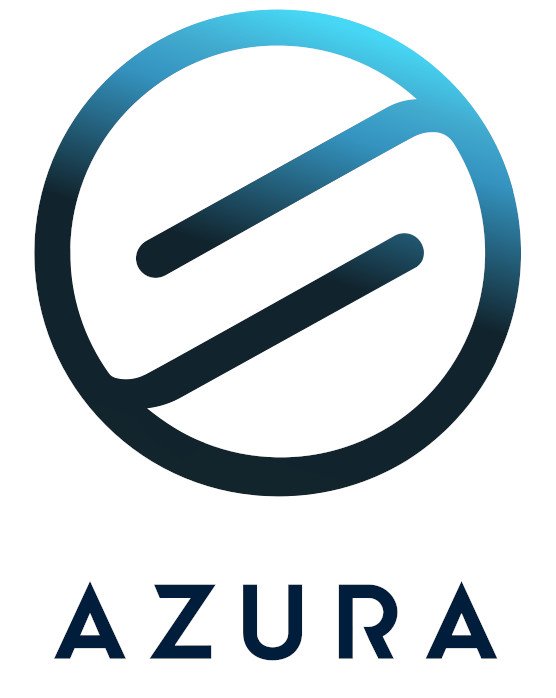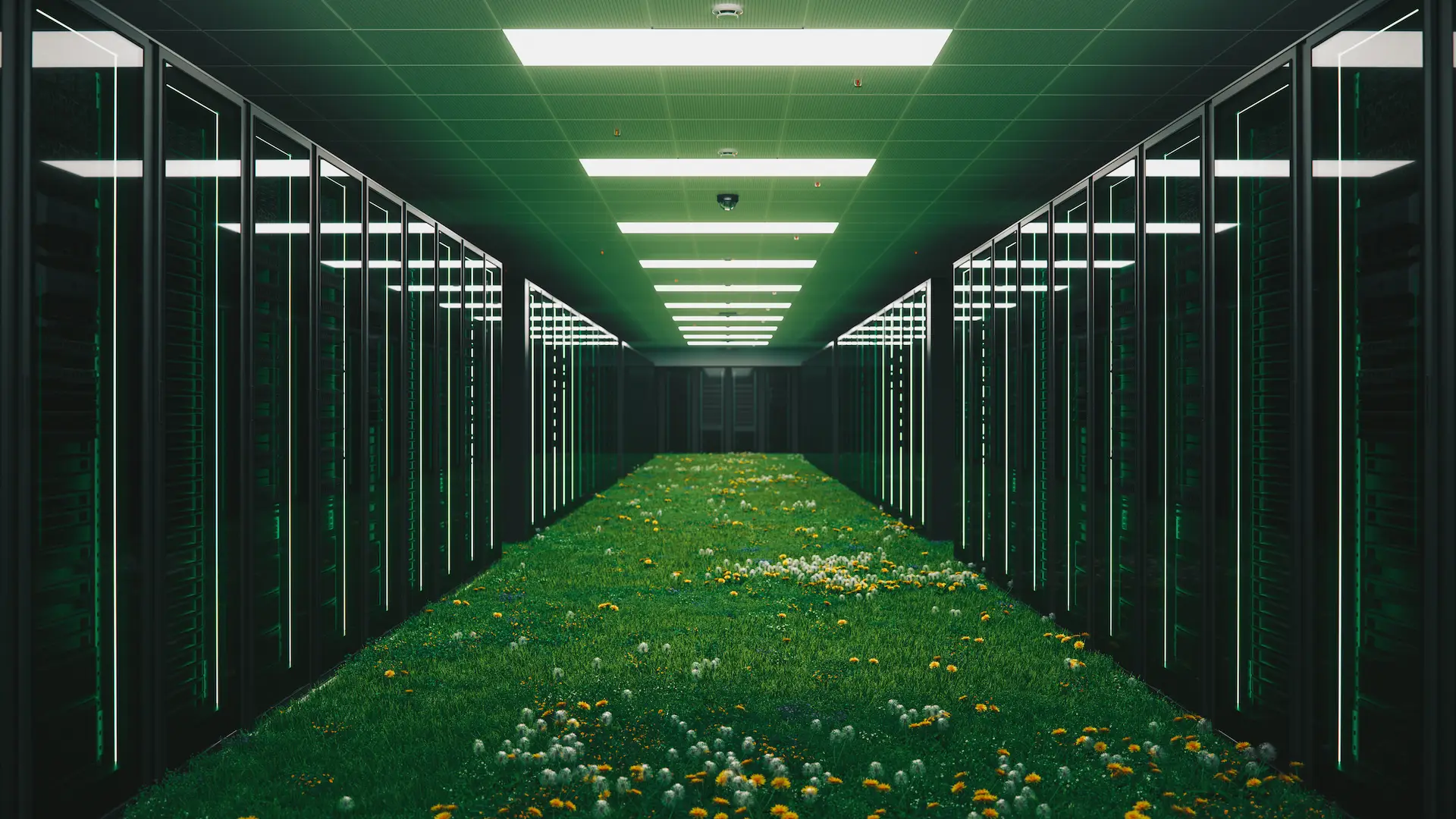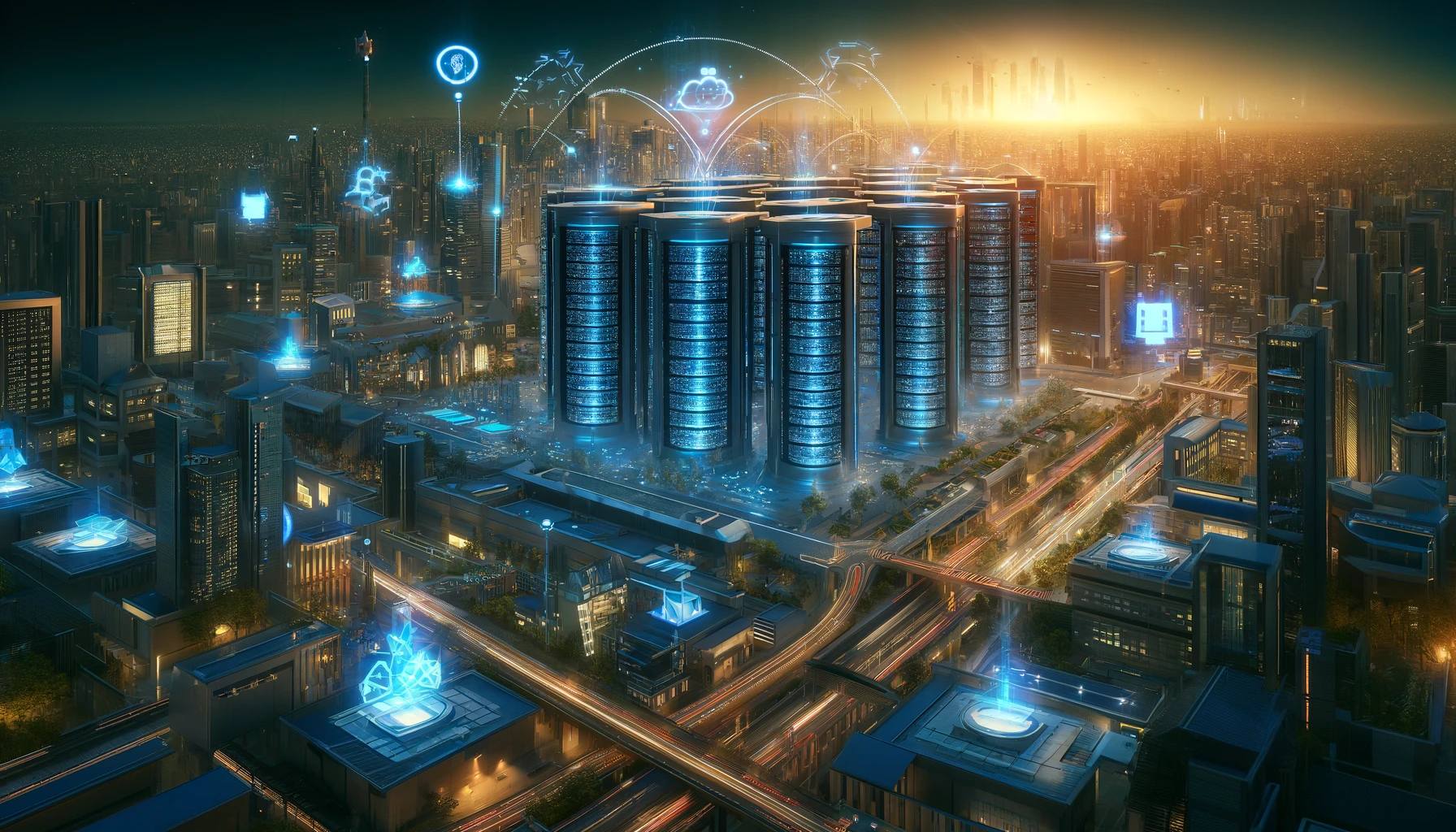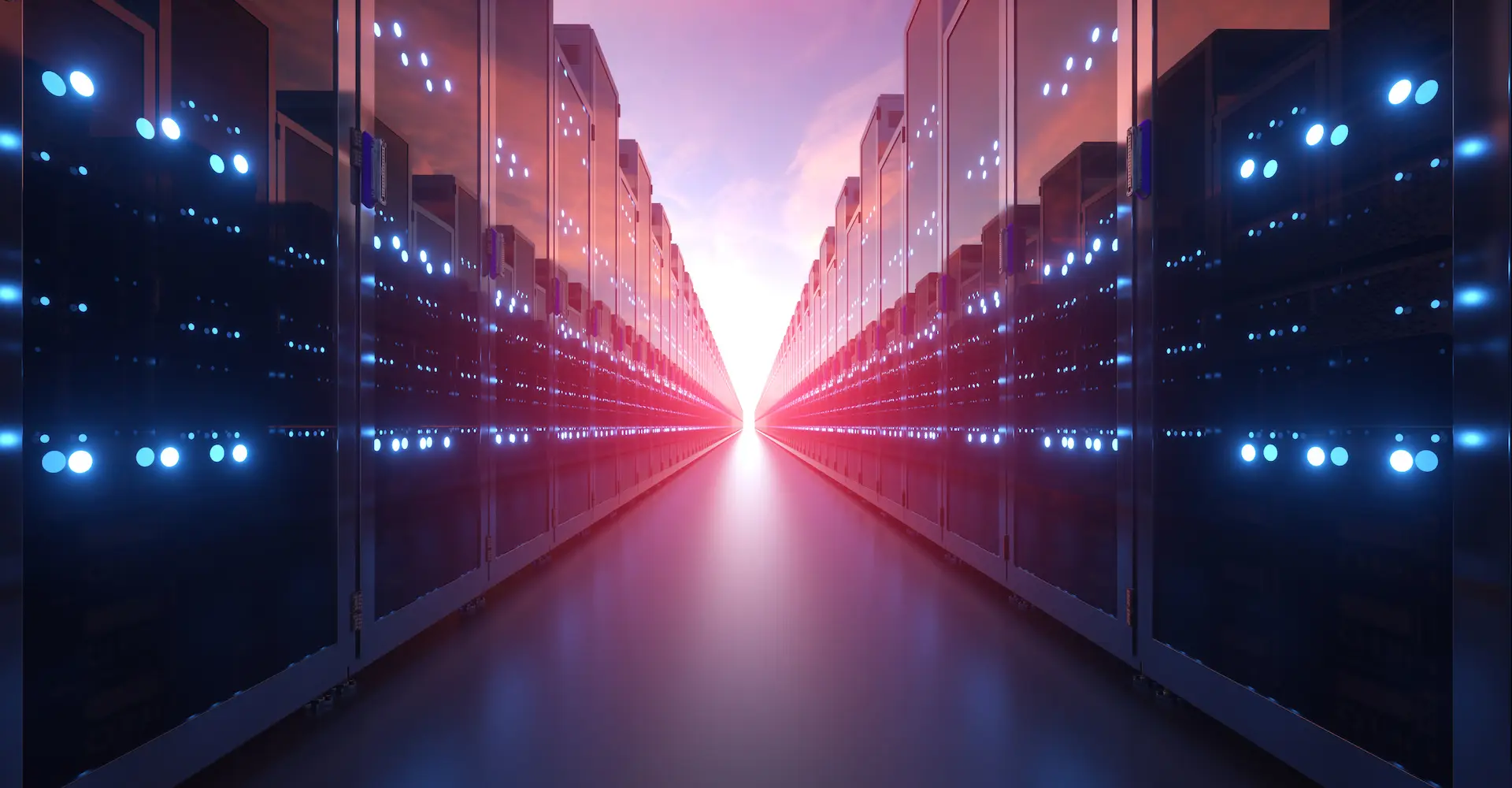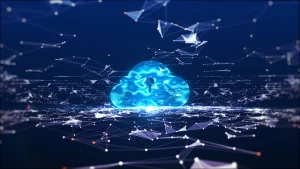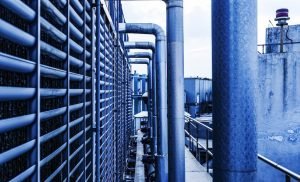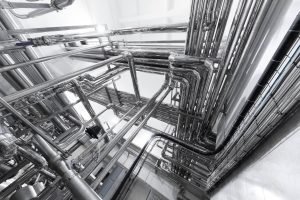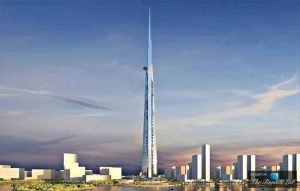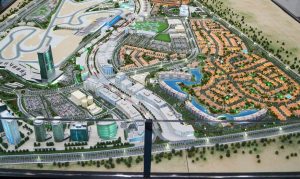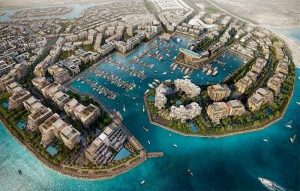Flowing Towards Green: Unlocking Data Center Efficiency with Water Usage Effectiveness
A Series Of Articles In Data Center Efficiency and Sustainability
Data centers play a pivotal role in our digital-driven world, and measuring their efficiency and sustainability is critical for mitigating their environmental impact. Three key metrics – Carbon Usage Effectiveness (CUE), Power Usage Effectiveness (PUE), and Water Usage Effectiveness (WUE) – are central to this evaluation.
This series of articles delves into the realms of data center efficiency and sustainability, exploring the three pivotal metrics that gauge its environmental impact:
- Carbon Usage Effectiveness (CUE) is a metric that focuses on the carbon footprint of a data center, expressing the amount of carbon dioxide emitted per unit of IT energy consumption. By analyzing CUE, data center operators can gain insights into the environmental impact of their operations and implement strategies to minimize carbon emissions. Lower CUE values indicate more sustainable practices, aligning data center operations with global efforts to combat climate change.
- Power Usage Effectiveness (PUE) is another crucial metric that assesses the energy efficiency of a data center. PUE represents the ratio of the total energy consumed by the data center to the energy consumed by the IT equipment. A PUE value of 1.0 indicates maximum efficiency, where all energy is used to power IT equipment. As PUE increases beyond 1.0, it signifies a higher proportion of energy being used for non-computing activities, highlighting inefficiencies. Lowering PUE values enhances energy efficiency, reducing overall operational costs and environmental impact.
- Water Usage Effectiveness (WUE) evaluates the efficiency of water consumption in data center cooling processes. It quantifies the amount of water used per unit of IT energy consumption. Optimizing WUE involves implementing water-efficient cooling systems and considering alternative water sources, contributing to sustainable water management practices. Monitoring and improving these three metrics collectively provide a holistic approach to enhancing data center efficiency while aligning with global sustainability goals.
Introduction
In the era of increasing digitalization, data centers play a critical role in supporting our modern technological infrastructure. However, the environmental impact of data centers has come under scrutiny due to their significant energy and water consumption. Water Usage Effectiveness (WUE) has emerged as a key metric for assessing the efficiency and sustainability of data centers, providing insights into how effectively water resources are used in cooling systems.
Definition
Water Usage Effectiveness (WUE) is a metric used to evaluate the efficiency of water usage in data centers. It is defined as the ratio of the total annual site water usage to the IT equipment energy usage. The goal is to minimize water consumption while optimizing the cooling processes necessary for maintaining appropriate temperatures in data centers.
Industry Standards in WUE
Several organizations have established standards and guidelines to promote sustainability and efficiency in data center operations. The Green Grid, a global consortium working on resource-efficient IT and data centers, introduced WUE as a metric to help organizations assess and improve their water usage practices.
Best Practices
- Efficient Cooling Systems: Implementing advanced cooling technologies, such as evaporative cooling or liquid cooling, can significantly reduce water usage.
- Data Center Location: Choosing locations with access to alternative water sources or cooler climates can lower the reliance on traditional cooling systems.
- Regular Audits: Conducting regular audits to identify and address inefficiencies in water usage and cooling systems.
- Water Recycling: Implementing water recycling systems to reuse water for cooling purposes.
- Renewable Energy Sources: Using renewable energy sources to power data centers can indirectly reduce water usage in power generation.
Conclusion
Water Usage Effectiveness (WUE) is a crucial metric for assessing the sustainability and efficiency of data centers. As the demand for digital services continues to rise, optimizing water usage in data center operations becomes increasingly important. By adhering to industry standards, implementing best practices, and regularly evaluating and improving WUE, data centers can contribute to a more sustainable and environmentally friendly digital infrastructure.
Frequently Asked Questions On WUE
The Green Grid is a leading organization that has introduced WUE as a metric for data center sustainability.
